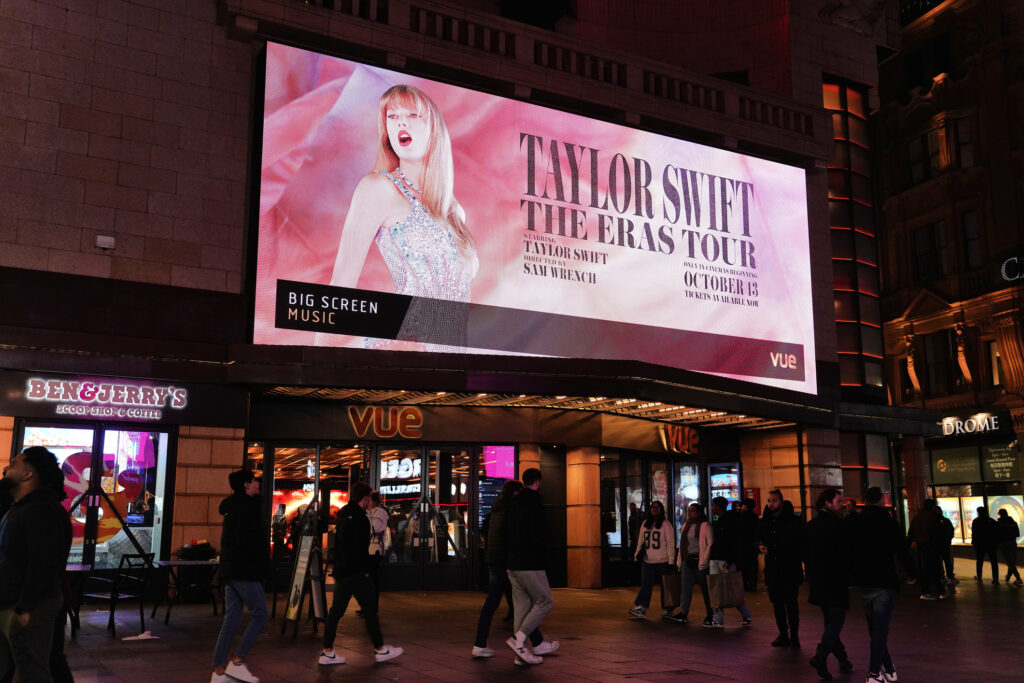The Eras Tour broke Ticketmaster, dominated social media for over a year, and taught us all a masterclass in event economics. Whether you’re a Swiftie or not, there’s something to learn from fans who saved for months (sometimes years) to afford those coveted tickets.
First, let’s talk about the art of the pre-save. Dedicated Swifties started tour funds the moment rumors began circulating. They didn’t wait for ticket announcements – they anticipated the expense and planned accordingly. This is budgeting 101: when you know a big expense is coming, start saving immediately. Whether it’s a concert, wedding, or vacation, early savers always win.
The ticket strategy matters more than you think. Many fans joined verified fan programs, researched venue layouts, and had multiple devices ready for the sale. They treated ticket buying like a strategic operation because they understood supply and demand. Apply this same energy to any major purchase. Research, prepare, and have backup plans. The prepared buyer gets the better deal.
Let’s address the elephant in the room: resale prices. Some fans paid thousands for tickets, but the smartest Swifties knew their limits. They set maximum budgets and stuck to them, even when FOMO hit hard. If the tickets exceeded their limit, they found alternative ways to participate – hosting listening parties, attending theater showings, or catching livestreams. The lesson? There’s always a way to enjoy experiences within your budget.
The merch strategy separated novice spenders from budget pros. Instead of buying everything at venue prices, savvy fans created look-alike outfits from thrift stores, made friendship bracelets at home for trading, and limited themselves to one special venue-exclusive item. They captured the experience without the financial hangover.
Travel hacking became an art form. Fans coordinated hotel room shares, booked flights during sales months in advance, and chose venues based on total trip cost, not just ticket availability. Some even made vacations out of it, justifying the expense as their big annual trip. This is smart bundling – when you combine expenses, the individual costs feel more reasonable.
The friendship bracelet economy taught us about creative bartering. Fans traded handmade items instead of buying expensive merchandise, creating meaningful connections without spending money. This principle applies beyond concerts – skill swapping, item trading, and collaborative consumption can satisfy wants without cash.
Here’s what Swifties understood that many miss: experiences have value beyond their price tag. But—and this is crucial—that doesn’t mean destroying your finances for them. The fans who enjoyed the tour most weren’t necessarily those who spent the most. They were the ones who planned within their means and didn’t let post-concert depression include financial regret.
The real Taylor Swift economy lesson isn’t about spending thousands on tickets. It’s about intentional spending on what truly matters to you. If live music is your passion, budget for it like Swifties do—systematically, strategically, and without sacrificing your financial security.









